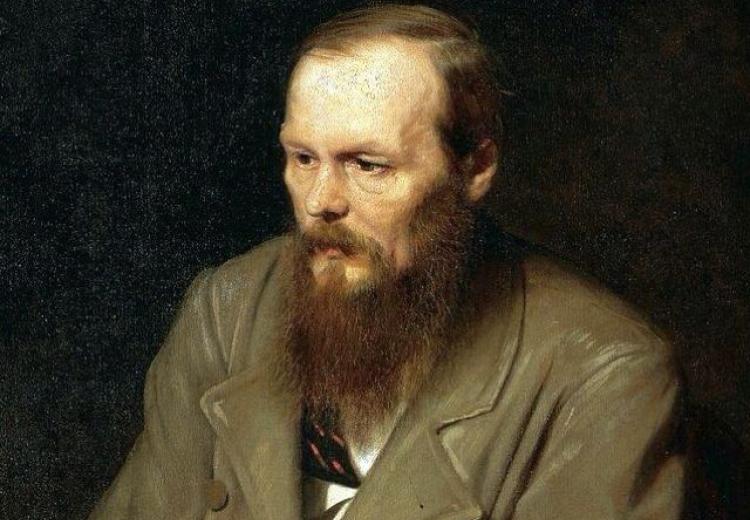Lesson 3: Societal Schisms and Divisions

Portrait of the Writer Fyodor Dostoyevsky
If students have completed the first two lessons in this unit on Crime and Punishment, they have analyzed psychological divisions within characters, the theoretical split between ordinary and extraordinary people, and polarization of intellect/reason and emotion/instinct in the novel.
Students’ attention will now be directed to examine the novel’s societal setting, which is also fraught with division. Crime and Punishment is more than just a demonstration of the idea that crime does not pay, it is a vivid depiction of societal injustice. For example, Dostoyevsky’s mid-nineteenth century Russia offered women narrowly circumscribed roles, most often resulting in their dependence on men and/or a life of poverty. The negative effects of several other societal divisions raise additional questions.
In this lesson, students concentrate on four important schisms Dostoyevsky sets up within society:
- Men and Women
- Wealth and Poverty
- Religion and Skepticism
- Connection and Alienation
Dostoevsky originally intended the novel to be entitled The Drunkards, but he came to understand that Raskolnikov's story is in fact much more complex than that title would suggest.
The novel is replete with the author's broad and provocative thematic statements that emerge from a careful analysis of these societal divisions.
This lesson is one part of a three-lesson unit about Crime and Punishment. The three lessons may be taught in sequence or each lesson may stand on its own. Teachers may link to the full unit with Guiding Questions, College and Career Readiness standards and Background. Lesson 3 aligns with CCSS.ELA-Literacy.RL.11-12.6.
Learning Objectives
Analyze elements of schism in Crime and Punishment's societal framework and discuss their thematic implications
